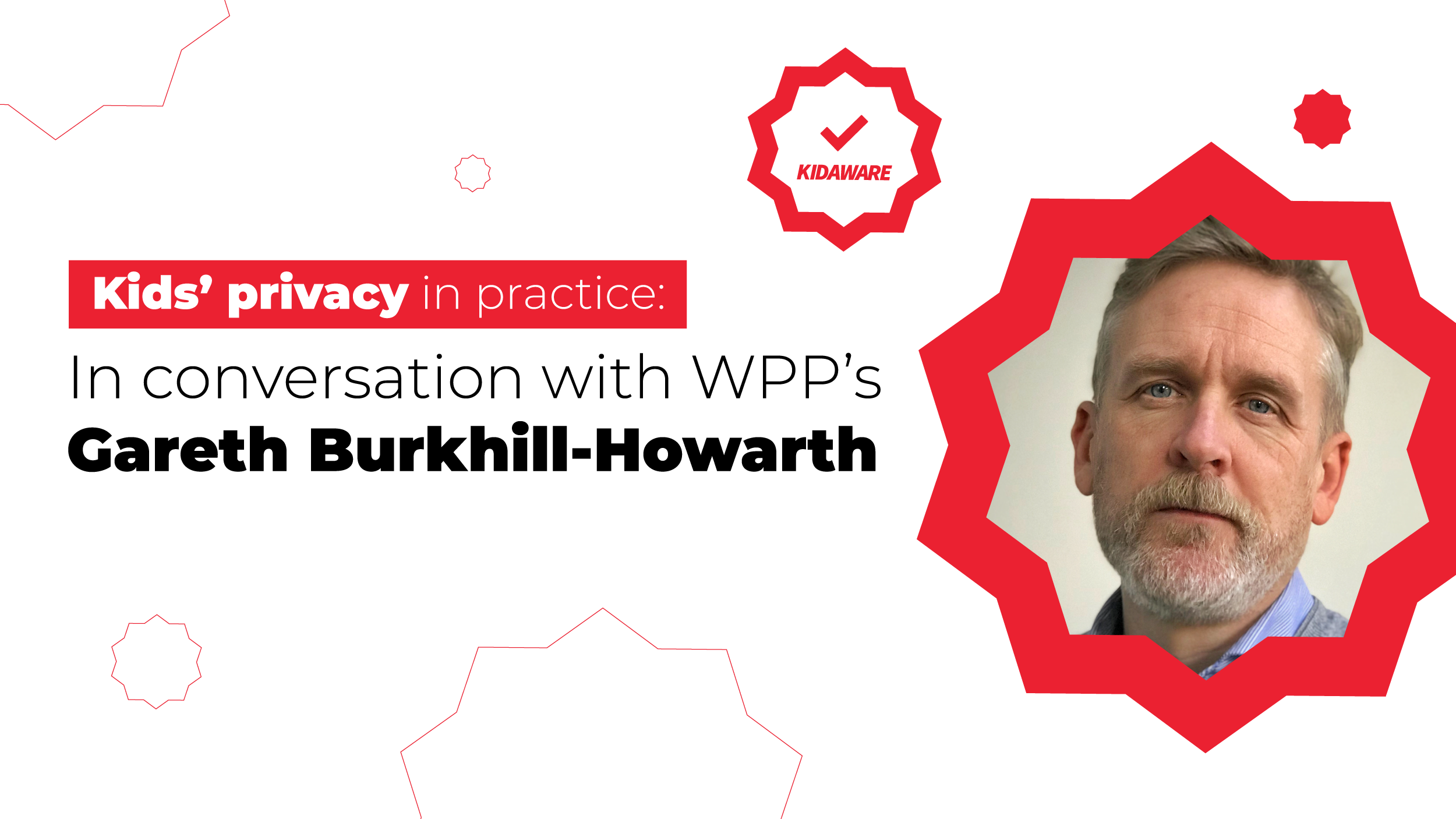I posted earlier about my functional CTO story, detailing how my role of CTO evolved over time which can be found here. It’s one challenge to be CTO in a ‘normal’ startup and quite a separate challenge to also be at the forefront of a new category.
A little over 5 years ago, we started SuperAwesome. Just a few people in a small office in central London, we didn’t realise the scale of the challenge. To us, it was still a product problem and we didn’t truly grasp that it was going to need an infrastructure solution (which ultimately led to the creation of the ‘kidtech’ sector).
For context, today our kidtech is used by hundreds of companies (and thousands of apps) all over the world to enable safe engagement with over half a billion kids every month. This is 100x bigger than what we were thinking in the beginning.
We were building something which doesn’t exist, in an industry that doesn’t exist, for an audience which wasn’t visible. These are five key lessons we’ve learned along the way:
1. Finding a parallel industry / paradigm
Although everything you’re building springs out of fundamentally different principles, that doesn’t mean there aren’t parallels to be drawn with industries or evolutions elsewhere. If anything, being at the forefront of a new category often puts you in the privileged position of being able to (almost) predict how things will evolve by finding an industry that has gone through a similar or parallel evolution in the past.
In our case, we had a great starting point looking at how the digital media ecosystem for adults evolved over time and what the key infrastructure pieces looked like. For example:
- Most of the ecosystem converged around advertising as a means to monetise.
- Social made everything take off, changing the experience from being one-directional to include much more meaningful, bi-directional experiences actually involving the user.
- The emergence of libraries and tools drastically accelerated the development of apps and sites and reduced the up-front investment needed to build great experiences.
Every industry is unique and the above examples will most likely not apply directly to whatever you’re building, but finding a parallel you can relate to is definitely step one in building a mental model of how everything might play out over time.
2. The builders trap and (not) building everything
As your category is new, does this mean you should just start building everything from scratch again? Definitely not. Or does it?
As CTO, one of my roles is to be aware of how things are solved in other places and avoid reinventing the wheel. Leveraging what everybody else has done before you is a great way to save time and focus on your unique selling point.
I fully believe in the above, which is why it pains me to say that when building out a new category, you will find yourself having to build out many more components of the stack than when you are building a product in an existing one. The reason goes back to the first principles test: if your category is built on entirely different principles, it follows that most of the solutions built in other categories most often do not follow them (that’s why we’re talking about building a category in the first place).
In our case the problem was data. In a world where every single solution for adults was built around data, many different components from social mechanisms to analytics were simply incompatible with the first principles we set out for the category (zero data).
To be clear: I am not saying this means you literally have to build everything. I am merely pointing out that many of the traditional solutions we’re all aware of might clash with the first principles of your category, forcing you down a path of build over buy more often than you would usually be comfortable with.
3. No clear decision maker
If there is no clear category, your customers will almost never have a clear decision maker for your solution. This can have very big consequences in two areas of your business
- It means sales cycles increase as customers take longer to pull the trigger (often taking a lot of time internally to figure out who should own the project)
- It also means it’s harder to find an internal champion of your solution, as you simply do not know whose responsibility it is to drive it forward (even if they are properly convinced).
- It means your product development process doesn’t have clear stakeholders to talk to in order to prioritise effectively.
A great example of this is that in most kids companies today, there is no CTO (the technical decision maker).
The only way to combat this effect is to
- Talk to as many internal stakeholders as you can
- Send around notes internally to your customers so different groups are aware of progress
- As you start growing and having more of these situations, try to identify patterns that work which can guide your process going forward.
In our case after many years of trial and error, we came to the conclusion that in most cases we should be starting conversations with either the CTO (if there is one) or the legal teams due to the nature of our space.
4. You are the market maker
Being successful at building a new category doesn’t happen simply by building it: people need to understand what you’ve built and fit it into their own mental models. This shouldn’t really come as a surprise since your category doesn’t exist yet and the subject of your type of solution simply doesn’t come up in the normal planning process of other companies. It means that you will constantly have to educate everyone (including your customers) on your technology.
Some ways we have found that work:
- Refine a clear analogy which can be understood by everyone
- In our case, a world driven by data (adult internet) and one that will be driven by zero data (kids)
- Work on getting the message to as many people as possible
- Through writing, presentations and endless meetings
Earlier in the year, our Chief Product Officer, after seeing the 10,000th email correcting the description of what we do as a company rightly stated: “Sometimes I feel like this company exists by sheer force of will” and that is exactly what it feels like.
5. Be a category, not a product
You might think I already covered this point in the beginning of my post, but there is a clear difference: it’s one thing realising you are building a category and quite another actually doing it.
You don’t build a category on your own (if you think you are, you should probably have another look at the first principles test as you’re most likely building a product). If anything, building a category means enabling everybody else to build the best possible products in the space, making the category as a whole more visible, useful and successful along the way.
This line of reasoning might seem simple enough to follow, but I can guarantee you that when you are seen as the category maker (and leader), every single problem related to the category somehow ends up being a product that looks appealing to build (you are the only one with the infrastructure after all!). Combine this with the builders trap I talked about earlier and you can see how easy it is to lose focus.
In conclusion
Building out a new category on the internet is hard. There are no books to read up on, no clear-cut analysis to look at and far fewer people to talk to than when you operate in an already-established part of the web. At the same time, it provides you with the opportunity to set the agenda, the opportunity to show the way and, when done well, and the opportunity to define a whole industry.
For anyone wondering why they cannot find their core customer or why they feel like the entire company is suffering from imposter syndrome I hope this post provides some clues or at least some comfort in saying you’re not alone. Building the #kidtech industry has been, and continues to be, a difficult journey, but sometimes it’s the best and only way forward.
If you’re interested in staying on top of technology and kidtech news, we publish several kids industry newsletters which now have over 10k subscribers reading monthly. Sign up now!
Joshua Wohle is Chief Technology Officer at SuperAwesome.




